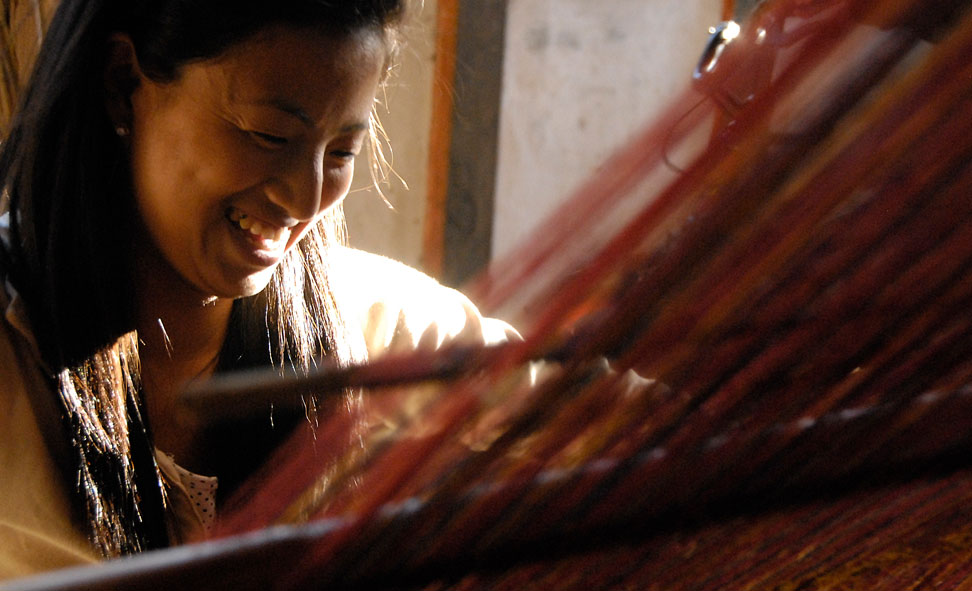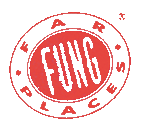


Heritage and Artistic Journey to Eastern BhutanBEYOND the well-traveled western and central regions of Bhutan lies the land of the Sharchopas, the inhabitants of eastern Bhutan, who follow the ancient traditions that hark back to the founding of the Kingdom in the 17th century. Tucked away in isolated villages, weavers and artisans preserve the traditions by making exquisite textiles, lacquerware, dapa bowls, cane and bamboo works, and the long horns (dung-chen) that snake along the monastery floors.
Karchung, Far Fung Places’ field manager in Bhutan, joins Kathleen on this new journey to East Bhutan. His near encyclopedic knowledge of the country and extensive contacts are renowned. Born in Drametse, a heritage village in East Bhutan, Karchung reveals the rhythms of everyday life through lively and personal encounters with villagers in their homes.
November is the time to see lac being harvested, and if we are lucky, we will see this process as we drive past hamlets which cultivate it.
Our accommodations in the East will be best available, which could mean a four-star mountain resort or a simple guesthouse in Trashiyangtse. In central Bhutan, we stay at a heritage manor in Tang Valley, and in Paro we will be staying at a lovely five-star hotel. We will have a farewell dinner at Karchung’s new Bhutanese home in Paro, complete with views of Tiger’s Nest.
A blessing at a private monastery in Paro completes this magnificent journey to Bhutan.
Please inquire about our day-to-day itinerary for more details.
Land/Air CostLand price: approximately $7700 per person, sharing a room. Single supplement $1315.
Domestic Airlines: from $400 per person economy from Paro to Eastern Bhutan/return air to Paro.
Maximum eight paying travelers.
Two nights in Bangkok and fifteen nights in Bhutan.
Return to Bhutan Travel Programs 2024
|








